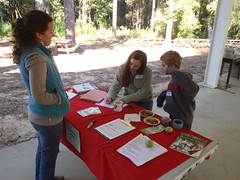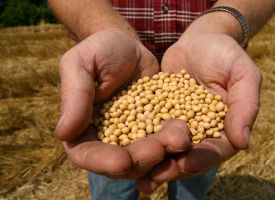All that and paraquat doesn’t work on mutant pigweed, either. The whole “no-till” fable is unravelling.Monsanto’s Roundup, the agro-toxic companion herbicide for millions of acres of GM soybeans, corn, cotton, alfalfa, canola, and sugar beets, is losing market share. Its overuse has spawned a new generation of superweeds that can only be killed with super-toxic herbicides such as 2,4, D and paraquat. Moreover, patented “Roundup Ready” crops require massive amounts of climate destabilizing nitrate fertilizer. Compounding Monsanto’s damage to the environment and climate, rampant Roundup use is literally killing the soil, destroying essential soil microorganisms, degrading the living soil’s ability to capture and sequester CO2, and spreading deadly plant diseases.
In just one year, Monsanto has moved from being Forbes’ “Company of the Year” to the Worst Stock of the Year. The Biotech Bully of St. Louis has become one of the most hated corporations on Earth.
The article mentions scientific studies about bad health effects of genetically modified foods, and goes on to warn of Monsanto maneuverings through the EPA and the Gates Foundation. Then he points to the European Union as leading the way: Continue reading









